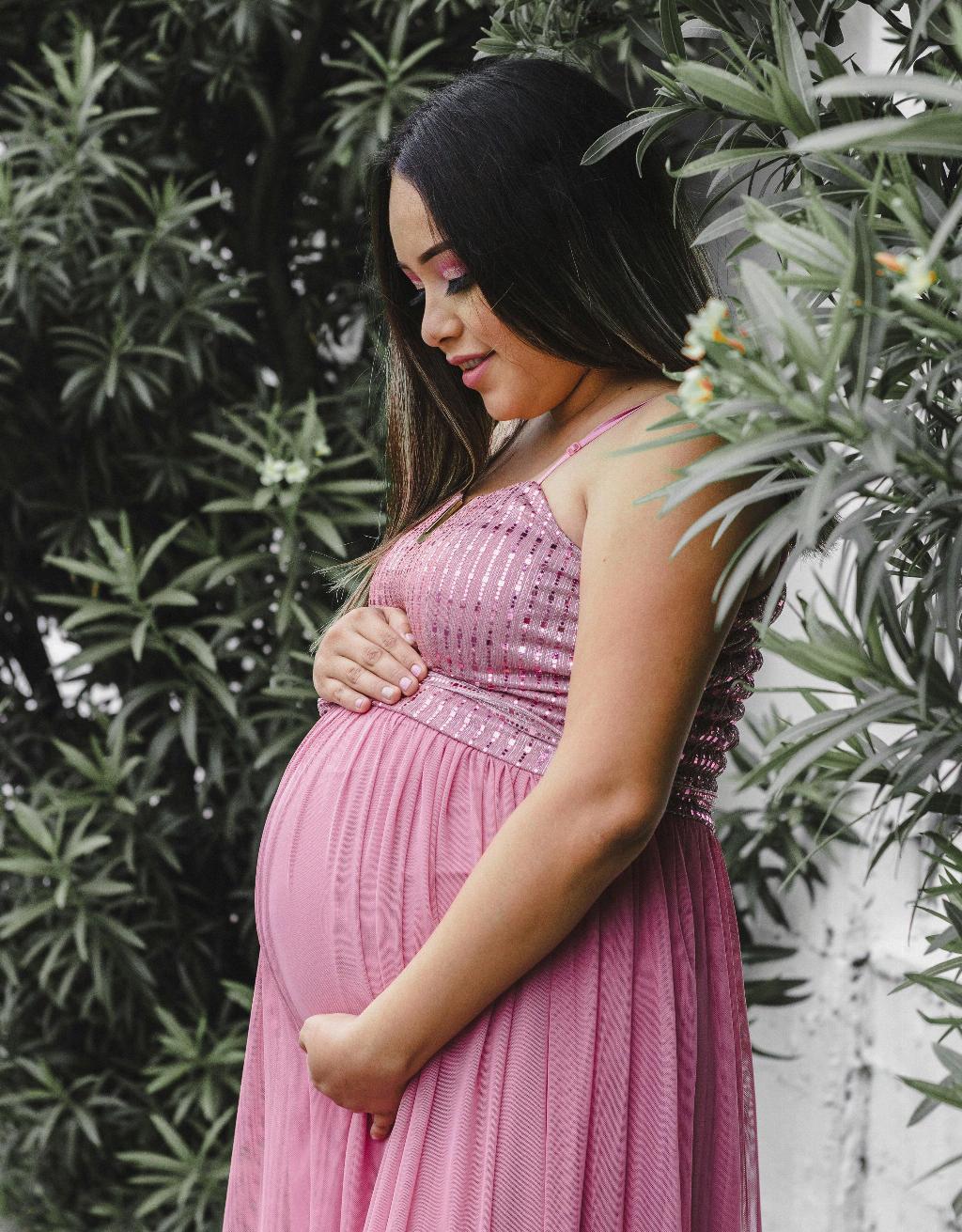When it comes to exploring ways to naturally stimulate labor, acupuncture has gained popularity as an alternative method for inducing childbirth. Acupuncture, an ancient practice rooted in traditional Chinese medicine, involves the insertion of thin needles into specific points on the body to help stimulate energy flow and promote various health benefits. Among the many acupuncture points believed to help initiate labor, SP6 stands out as a key point known for its potential to promote cervical ripening.
SP6, also referred to as Sanyinjiao, is a significant acupuncture point located approximately 3 cm above the medial malleoli, which are the bony prominences on the inner aspect of the ankles. This point is positioned on the lower leg, specifically at the crossing point of the spleen, liver, and kidney meridians. Acupuncture at SP6 is thought to aid in softening and dilating the cervix, which are crucial steps in the onset of labor.
Acupuncture practitioners commonly use a needling depth of around 1.5 to 2.5 cm when targeting the SP6 point to stimulate labor. The insertion of the needle at the appropriate depth is believed to activate the meridians associated with reproductive organs and facilitate the body’s natural processes related to childbirth. By applying gentle stimulation at SP6, the acupuncturist aims to encourage the body to transition into labor smoothly and effectively.
Aside from SP6, several other acupuncture points are recognized for their potential to induce labor or assist in promoting the progress of childbirth. These points are strategically selected based on their anatomical locations and their purported effects on energizing specific organs and body functions related to the labor process. In addition to SP6, points such as LI4, BL60, BL32, and GB21 are commonly targeted during acupuncture sessions aimed at stimulating labor.
LI4, known as Hegu, is located on the hand, specifically in the webbing between the thumb and index finger. Stimulating LI4 is believed to help coordinate contractions and encourage the cervix to efface and dilate. BL60, or Kunlun, is situated on the foot in the depression between the external malleolus and the Achilles tendon; needling this point is thought to promote the descent of the fetus. BL32, located on the lower back at the level of the sacrum, is believed to help ease back pain and encourage optimal fetal positioning.
GB21, also called Jianjing, resides on the shoulder muscle between the neck and the shoulder joint; acupuncture at this point may aid in promoting the downward movement of the baby and facilitating labor progression. Each of these acupuncture points plays a unique role in the context of childbirth, with practitioners using a combination of points tailored to the individual needs and circumstances of the pregnant woman.
It is essential to highlight that while acupuncture is considered a safe and non-invasive modality for stimulating labor, its effectiveness can vary from person to person. Factors such as the woman’s overall health, gestational age, and individual responsiveness to acupuncture may influence the outcomes of treatment. Pregnant individuals interested in using acupuncture to induce labor should consult with a qualified acupuncturist or healthcare provider to ensure safe and appropriate care.
In conclusion, the use of acupuncture to stimulate labor involves targeting specific acupuncture points such as SP6, LI4, BL60, BL32, and GB21 to facilitate cervical ripening, contractions, fetal descent, and overall labor progression. By harnessing the principles of traditional Chinese medicine and applying them to the context of childbirth, acupuncture practitioners aim to support the natural processes of labor initiation while promoting maternal and fetal well-being.

